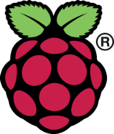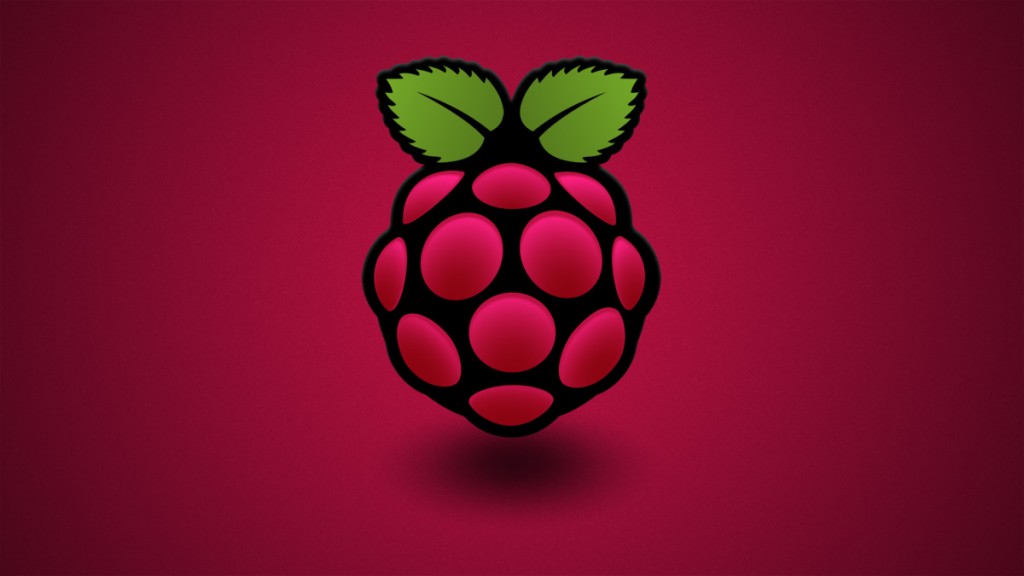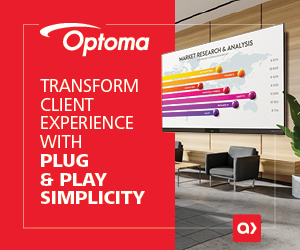Not being a software developer, you can imagine my confusion when NEC Display Solutions of America announced its upcoming line of commercial displays with the ability to insert a Raspberry Pi Compute Module.
“Raspberry Pi?” I said. “Isn’t that some sort of dessert?”

Raspberry Pi was developed in the UK by the Raspberry Pi Foundation in 2012. The Foundation’s original intention was to provide an inexpensive tool for the teaching of basic computer science in schools and in developing countries. But like many inventions, the original model became far more popular than anticipated, spreading into many other commercial uses.

As I continued my inquiry, I was informed that the Raspberry Pi Compute Module is a tiny PC that looks like a small board of laptop memory. First introduced in 2014, it’s basically a small alternative to a full-sized Raspberry Pi computer (which is only about the size of a credit card).
The upcoming line of NEC V-Series and P-Series displays will have screen sizes ranging from 40 to 80 inches, and use a Pi Compute Module to power digital signage and other applications. There’s an internal bay in each display that will accept either a first-gen Raspberry Pi Compute Module or recently-introduced Compute 3 Module. These new displays are due to ship in Q2 2017 and will be available from Almo ProAV.
So, how will the NEC displays with the Raspberry Pi module (which, by the way, is making my stomach growl right now), be used? Well, in addition to powering digital signage applications, the Raspberry Pi Foundation envisions NEC displays being used for interactive presentations and other Internet of Things applications. Oh, oh….there’s that “IoT” talk again…
How does this benefit YOU?

Bottom line, is that with Raspberry Pi, software application developers and digital signage content creators now have many flexible and scalable platforms to choose from. All this new world of capabilities inserts into an elegant design of displays suitable for smooth installations in any environment. No more external media players or PCs with every display. Can you imagine the power savings and ease of installation? So ask yourself Mr. Digital Signage Integrator, are you embracing this powerful platform to offer your end-users innovation? Take a bite of the Pi!
“Our strategic initiative to team up with Raspberry Pi is an example of how we continue to ensure that an organization in any sector has the most advanced technology in place to meet their application needs. Our open platform approach provides display intelligence at any time, thanks to our modular and interchangeable design. Integrating the Raspberry Pis with our displays will provide businesses with advanced technology suitable for digital signage, streaming and presenting to enhance the overall visual experience at an affordable price point,” said Stefanie Corinth, Senior Vice President Marketing and Business Development at NEC Display Solutions Europe GmbH.
And as contributor Bob Raikes stated three months ago in Display Daily, “I see this as quite an elegant solution for NEC. The company is not in the TV business, unlike competitors that are in the digital signage business like Samsung, LG and Philips, so it has not had the economies of scale to simply exploit technology developed for Smart TVs, as the others have been able to do. By adopting Pi, NEC is able to exploit the volume of the Pi to keep costs relatively down (the older Compute Module is currently selling for less than $30) and offer a level of price and performance that is competitive”
We are working with our Almo Content Services partners to take advantage of this new and exciting offering from NEC. There are many emerging content creation software offerings written for the Raspberry Pi platform and we plan to offer our integrators and dealers the latest in innovative and interactive digital signage.
I invite you to write me and let me know about your taste for Raspberry Pi. I’ll be happy to post your comments on future posts as this exciting combination of NEC displays and Raspberry Pi content is introduced into the US digital signage marketplace.

So, if Raspberry Pi is on the panel menu, I’ll have one with my cappuccino, please!







